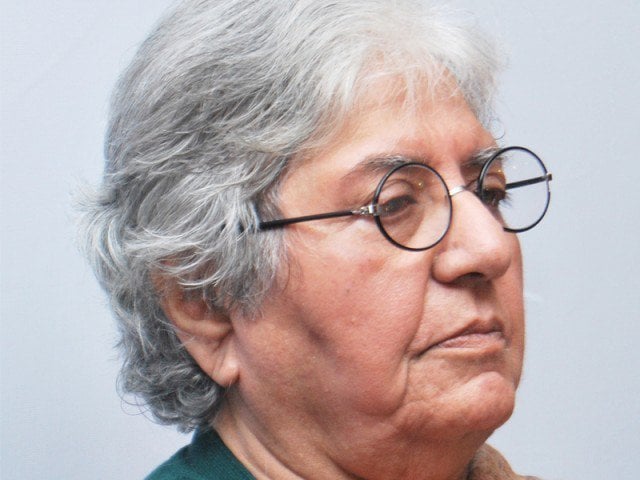
The idea of a confederation is a plan to achieve maximum provincial autonomy. The confederation poses a challenge for Punjab – Dr. Hamida Khuhro
[Translator’s note: This is a translation of renowned historian Dr. Hamida Khuhro’s (August 13, 1936 – February 12, 2017) comprehensive interview, originally published in the Sindhi magazine Nao Niapo, Karachi in May, 1986. The interview panel consisted of Advocate Masood Noorani (MN), Journalist Nasir Aijaz (NA) and Faqir Muhammad Lashari (FM), with Mansoor Qadir Junjo’s assistance to the interviewers. Masood Noorani also contributed observation notes from his initial meeting with Dr. Khuhro, which were used as a preamble to the interview. The interview was later included in an anthology that contained interviews of Dr. Khuhro, published in various Sindhi newspapers and magazines.
In 2021, Dr. Hamida Khuhro Foundation, Sindh (Karachi-Hyderabad) published Nao Napo magazine’s interview as a separate booklet with a title of ‘Tareekh Ji Amhon Samhon’ (Face-to-Face with History). The booklet includes a preface by Mansoor Qadir Junejo. Zaffar Junejo]
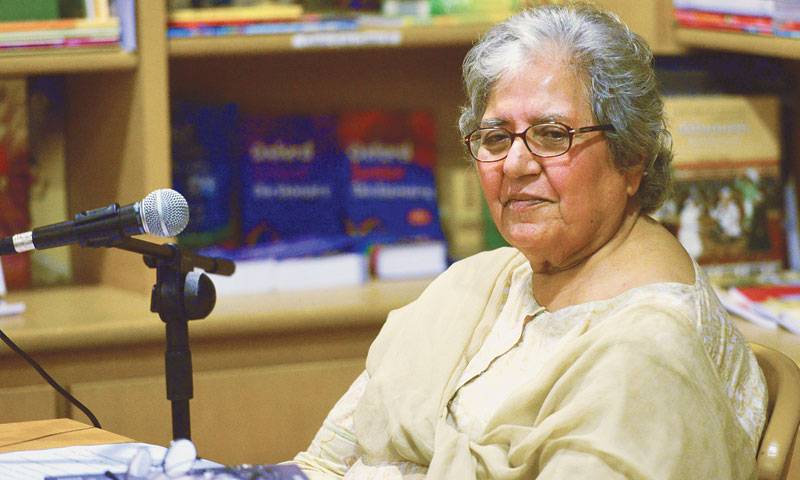 I believe we should create pressure against Punjab and highlight its injustices. Perhaps we can gain some rights – Dr. Hamida Khuhro
I believe we should create pressure against Punjab and highlight its injustices. Perhaps we can gain some rights – Dr. Hamida Khuhro
FM: The Front has one-point program, do you think it is a feasible and strategic approach?
HK: I think the idea of a confederation is a plan to achieve maximum provincial autonomy. The confederation poses a challenge for Punjab, as all the other provinces, except Punjab, have agreed on the resolution of 1940. If everyone is in agreement (refer 1940’s resolution), then the term “confederation” could be dropped.
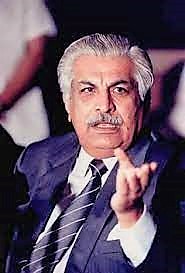
FM: Pakistan Peoples’ Party has also floated the idea of the implementation of the resolution of 1940, and even Jatoi has spoken about it.
HK: Where is it mentioned? If the Pakistan Peoples’ Party strives to implement the resolution of 1940, then we are with it.
NA: If Punjab agrees to implement the resolution of 1940, who guarantees that it will be implemented? There have been many unfulfilled promises.
HK: That is why we should continue our struggle. There are many steps and ways in a struggle. But most important factor is that we should be aware of our own position and standing. We have to organize, and at the same time, we also need interim relief. In the present scene, who can guarantee us? Pakistan was created, but there was no guarantee, and now if we become independent, again there is no guarantee. In real life, there are no guarantees for certain things. In the present situation, I believe we should create pressure against Punjab and highlight its injustices. Perhaps we can gain some rights.
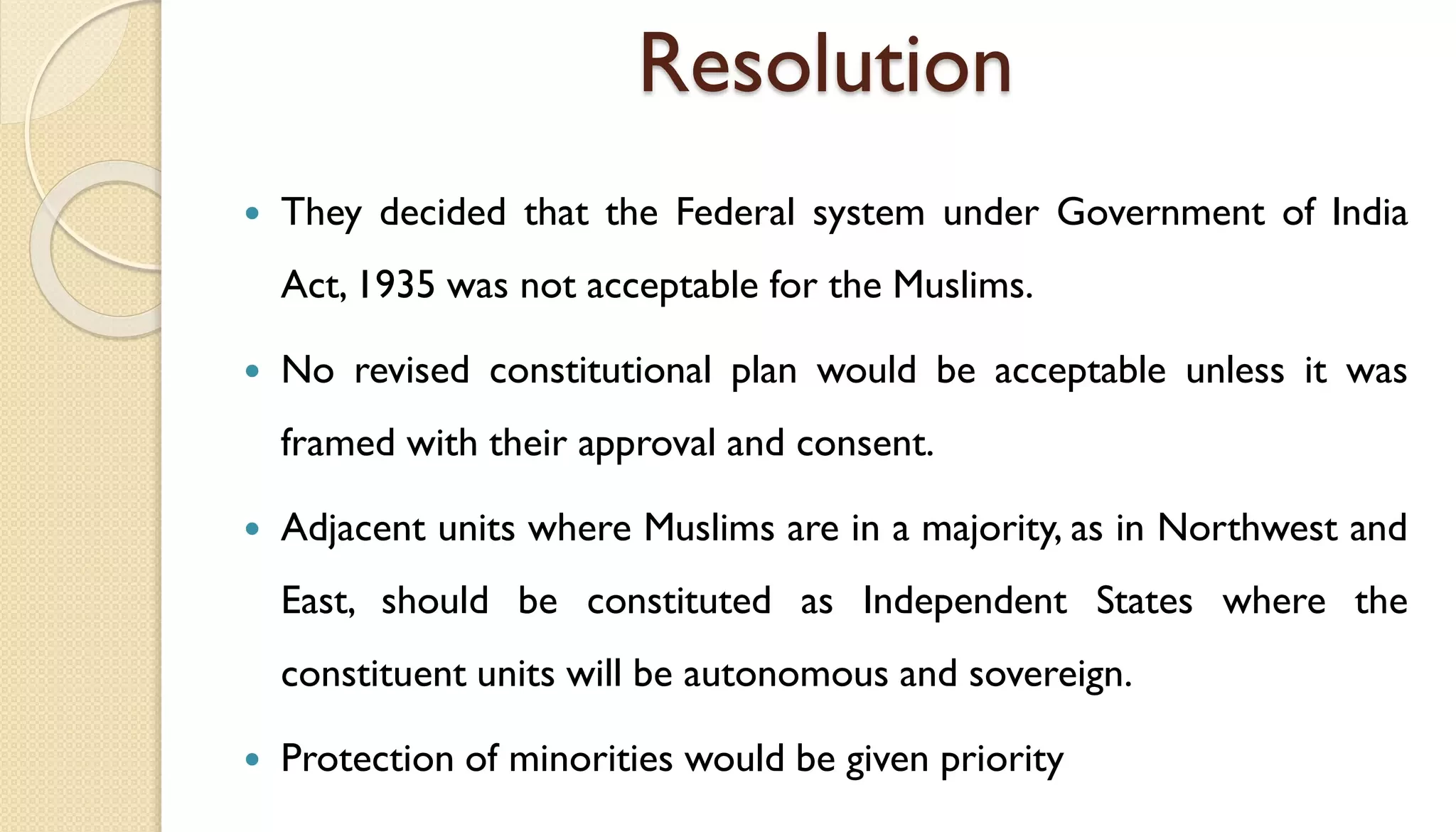
MN: Could something be achieved with the issuance of press releases, statements, and other peaceful measures?
HK: Not with statements, but with organization.
MN: Okay. Fine, if all means fail, then what?
HK: The people have to be aware and educated about our goal. In the village, people understand that they are Sindhis. Now we have to associate them with our cause. In such a situation, they can decide if their goal is not achieved through peaceful means. And there is no one to stop them. However, the challenge for us is to help, guide, and support people to reach that level. Therefore, people should know what we want, and with their support, we can achieve our goal. But we have not reached that stage yet.
MN: Recently, Ghaffar Khan visited Sindh. He is called Sarhadi Gandhi due to his non-violent ideas. Are you also a supporter of non-violence?
HK: G.M. Syed also claims the same. He believes in non-violence. (She laughs sarcastically) Except non-violence, what is left for weaker a nation?
MN: Are you a follower of non-violence?
HK: I don’t look at myself as its disciple or follower.
MN: Are you influenced by Gandhi?
HK: Yes, I am influenced by Gandhi. He was a great leader as well as competent leader. He organized his people, launched movements, and rejected armchair politics, encouraging people to engage in popular politics. However, some of his dreams have not been realized. But there is a chance that some of them could be achieved in the future. He advocated for village economics, self-sufficiency, and self-reliance – all of which are beautiful ideas and aligned with a better environment. However, some of his ideas still seem utopian, but some of them can be put into practice.
FM: It is said that Gandhi was against science.
HK: No, not at all. In fact, he observed how people in the Indian context were being exploited. He tried to stop exploitation and offered the “spinning wheel” to those who had nothing.
(Dr. Khuhro suggest that now it time to have a launch). We all proceeded towards the dining table. An amusing aspect of the post-lunch chit-chat was the sharing of some habits of Sikhs. During the conversation, it was evident that Dr. Khuhro was well-informed about the major events and social anecdotes of the subcontinent. After lunch, the conversation continued)
We have to discourage the term “Mohajir”. Anyway, they came to our part of the world. It is obvious that they cannot migrate elsewhere now, but until now, their role has been to cooperate with or be part of the Punjabi designs to exploit Sindhis
MN: Earlier, Nasir Aijaz mentioned the contradictions in your political life. For instance, your participation in the Mohajir Qaumi Movement’s gathering.
HK: It was not the Mohajir Qaumi Movement, it was the Mohajir Sindh Organization.
MN: What is your opinion about Mohajirs?
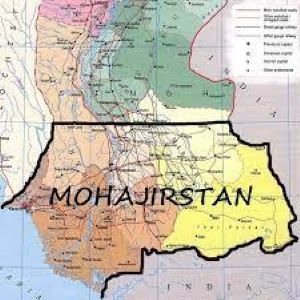 HK: We have to discourage the term “Mohajir”. Anyway, they came to our part of the world. It is obvious that they cannot migrate elsewhere now, but until now, their role has been to cooperate with or be part of the Punjabi designs to exploit Sindhis. In fact, they believed that “their interests are in contradiction with Sindhis.” It was so because they claimed the properties of Hindus, which must have originally belonged to Sindhis. Immediately after partition, they instigated riots and systematically pushed Sindhis (Hindus) to migrate to India while occupying their properties. However, it was assumed or understood at the higher forum of the Sindh Government at that time that these forcefully occupied properties would be returned to Sindhis (Hindus). In that contradiction, Mohajirs aligned themselves with Punjabis. However, the situation has now changed, and some major factors that have created a new scenario are the liberation of Bengal, nationalization of banks and other institutes; and an increased number of Punjabis hold jobs in the central government. In the early years of Pakistan, graduates of Aligarh University secured majority of the jobs in the service sector, banks, and other financial institutions. But now, Punjab has taken their share and has become roughly 65 percent of the job quota. Another reality was that Mohajirs were given claimant lands in rural Sindh or villages, but over time, they sold their lands and gradually migrated to Karachi. Now, their contradiction is with Punjabis. On the other hand, it is also a reality that Mohajirs, due to various reasons, were unable to compete with Sindhis in rural settings, and they are not even capable of fighting with Punjabis. Now, in the Sindhi-Punjabi contradiction, they behave like people “sitting on the fence”. Some of them think they should “unite with Sindhis” in exchange for undue favors. I mean, simultaneously, they demand that the quota system should be abolished, Biharis should be brought back, and Urdu language should be given undue preference. We are very clear about it. We are in favor of their stay in Sindh because they are educated and technically skilled. Therefore, Sindhi society needs them. We expect their assimilation. We do not prioritize Sindhis over their rights or competencies. But their behavior shows that they want to retain their culture and Urdu language. We expect them to speak Sindhi as we speak Urdu. Or, the majority of Sindh’s population speaks both languages, Sindhi and Urdu. We want to make Sindhi language one of Pakistan’s national languages. Currently, due to various reasons, we are not in a position to compete with Urdu-speaking people. Therefore, we demand that Sindhis should have a share in all resources and opportunities as a federating unit. In that context, we expect them to speak Sindhi alongside their language, support us in making Sindhi language Pakistan’s national language, and be part of the Sindhi nation through a slow and gradual assimilation process, and in the present situation, accept the quota system. In return, we will strive to obtain Sindh’s 25 percent quota from the federal government. If that happens, their job-related interests will be preserved, and also Sindhis will not suffer losses. However, that win-win situation requires their positive attitude towards the assimilation process. But we will never accept a situation where they always enjoy a higher status, while we always opt to give up or lose our status. Therefore, we strive to educate them that assimilation into the Sindhi nation is beneficial for them, and that is a fundamental condition from our side.
HK: We have to discourage the term “Mohajir”. Anyway, they came to our part of the world. It is obvious that they cannot migrate elsewhere now, but until now, their role has been to cooperate with or be part of the Punjabi designs to exploit Sindhis. In fact, they believed that “their interests are in contradiction with Sindhis.” It was so because they claimed the properties of Hindus, which must have originally belonged to Sindhis. Immediately after partition, they instigated riots and systematically pushed Sindhis (Hindus) to migrate to India while occupying their properties. However, it was assumed or understood at the higher forum of the Sindh Government at that time that these forcefully occupied properties would be returned to Sindhis (Hindus). In that contradiction, Mohajirs aligned themselves with Punjabis. However, the situation has now changed, and some major factors that have created a new scenario are the liberation of Bengal, nationalization of banks and other institutes; and an increased number of Punjabis hold jobs in the central government. In the early years of Pakistan, graduates of Aligarh University secured majority of the jobs in the service sector, banks, and other financial institutions. But now, Punjab has taken their share and has become roughly 65 percent of the job quota. Another reality was that Mohajirs were given claimant lands in rural Sindh or villages, but over time, they sold their lands and gradually migrated to Karachi. Now, their contradiction is with Punjabis. On the other hand, it is also a reality that Mohajirs, due to various reasons, were unable to compete with Sindhis in rural settings, and they are not even capable of fighting with Punjabis. Now, in the Sindhi-Punjabi contradiction, they behave like people “sitting on the fence”. Some of them think they should “unite with Sindhis” in exchange for undue favors. I mean, simultaneously, they demand that the quota system should be abolished, Biharis should be brought back, and Urdu language should be given undue preference. We are very clear about it. We are in favor of their stay in Sindh because they are educated and technically skilled. Therefore, Sindhi society needs them. We expect their assimilation. We do not prioritize Sindhis over their rights or competencies. But their behavior shows that they want to retain their culture and Urdu language. We expect them to speak Sindhi as we speak Urdu. Or, the majority of Sindh’s population speaks both languages, Sindhi and Urdu. We want to make Sindhi language one of Pakistan’s national languages. Currently, due to various reasons, we are not in a position to compete with Urdu-speaking people. Therefore, we demand that Sindhis should have a share in all resources and opportunities as a federating unit. In that context, we expect them to speak Sindhi alongside their language, support us in making Sindhi language Pakistan’s national language, and be part of the Sindhi nation through a slow and gradual assimilation process, and in the present situation, accept the quota system. In return, we will strive to obtain Sindh’s 25 percent quota from the federal government. If that happens, their job-related interests will be preserved, and also Sindhis will not suffer losses. However, that win-win situation requires their positive attitude towards the assimilation process. But we will never accept a situation where they always enjoy a higher status, while we always opt to give up or lose our status. Therefore, we strive to educate them that assimilation into the Sindhi nation is beneficial for them, and that is a fundamental condition from our side.
How migrants (Mohajirs) can be a nation? What kind of nation would that be? New Mohajirs or old Mohajirs?
MN: Now the Mohajirs have launched a ‘National Movement’. Do you consider them as a nation?
HK: How migrants (Mohajirs) can be a nation? What kind of nation would that be? New Mohajirs or old Mohajirs? In Karachi, there are migrants from UP, migrants from Bengal, migrants from Bihar, migrants from Iran, migrants from Afghanistan. They do not have a common nationality or language.
NA: Their demand is to be recognized as a separate nation.
HK: That demand is neither true nor justified.
In Karachi, Urdu-speaking people are in the minority. If we tally the population of Sindhis in the Karachi division, Sindhis will outnumber the Urdu-speaking population.
NA: They also claim that there are 90 lacs in Sindh. What do you think about that?
HK: Sometimes Sindhis claim that they make up 50 percent of Karachi, but that is not factual. Let me respond to your question: in Karachi, Urdu-speaking people are in the minority. Even if you consider the Karachi division, all the villages belong to Sindhis. Old settlements like Lyari, Khaddo, Kharadar, Mithadar, and other areas are inhabited by Sindhis. It is true that they speak Sindhi in a different dialect. It is also a fact that like the English language, Sindhi has various dialects. If we tally the population of Sindhis in the Karachi division, Sindhis will outnumber the Urdu-speaking population. This is evident from the election results, even though major parties boycotted it. However, I am not confident about the government’s approach to the census and whether they have included language as a factor or not. (Continues)
Click here for Part-I and Part-II (Preamble) – Part-!II , Part-IV , Part-V , Part-VI , Part-VII , Part-VIII , Part-IX, Part-X, Part-XI
________________
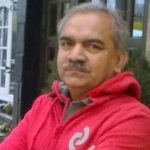 Dr. Zaffar Junejo is a historian and a writer, having earned Doctorate from the Department of History University of Malaya, Malaysia. Presently, Mr. Junejo is associated with the European University Institute, Florence, Italy. Apart from scholarly contribution, he also writes for popular media. He could be accessed at: Email junejozi@gmail.com, Cell/WhatsApp +92 334 045 5333 Skype Zaffar.Junejo Facebook facebook.com/zaffar.junejo
Dr. Zaffar Junejo is a historian and a writer, having earned Doctorate from the Department of History University of Malaya, Malaysia. Presently, Mr. Junejo is associated with the European University Institute, Florence, Italy. Apart from scholarly contribution, he also writes for popular media. He could be accessed at: Email junejozi@gmail.com, Cell/WhatsApp +92 334 045 5333 Skype Zaffar.Junejo Facebook facebook.com/zaffar.junejo